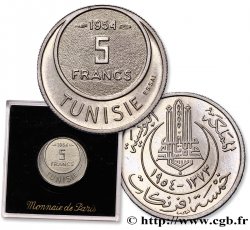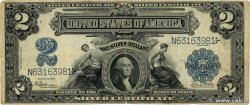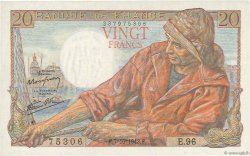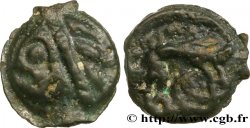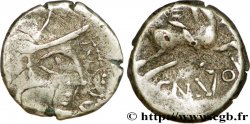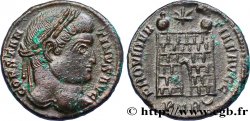You must signin and be an approved bidder to bid, LOGIN TO BID. Accounts are subject to approval and the approval process takes place within 48 hours. Do not wait until the day a sale closes to register. Clicking on "BID" constitutes acceptance of the terms of use of cgb.fr private live auctions.
Bids must be placed in whole Euro amounts only. The sale will start closing at the time stated on the item description; any bids received at the site after the closing time will not be executed. Transmission times may vary and bids could be rejected if you wait until the last second. For further information check the Live auction FAQ
All winning bids are subject to a 18% buyer’s fee.
All winning bids are subject to a 18% buyer’s fee.
| Estimate : | 200 € |
| Price : | 115 € |
| Maximum bid : | 115 € |
| End of the sale : | 19 November 2024 16:05:44 |
| bidders : | 2 bidders |
Type : Médaille, Ordre du Nichan al Iftikhar, Commandeur
Date: n.d.
Metal : silver
Diameter : 123 mm
Orientation dies : 12 h.
Weight : 68,27 g.
Edge : lisse
Puncheon : Tête de sanglier
Coments on the condition:
Bel exemplaire avec quelques traces de nettoyage au revers
Predigree :
Collection Famille D.
Obverse
Obverse legend : ANÉPIGRAPHE.
Obverse description : Caractères dans un médaillon central.
Reverse
Reverse legend : LISSE.
Reverse description : (marque ou poinçon dans le champ du médaillon).
Commentary
Diamètre du médaillon : 29 mm de l’étoile : 58 mm, avec la bélière en forme de noeud : 93,5 mm. Poinçon tête de sanglier visible sur l’anneau de suspension du ruban et sur l’anneau de suspension de l’étoile.
Ruban vert à 4 rayures rouges long d’environ 45 cm (sans compter les ficelles d’attache).
Le poids inclut celui du ruban.
Exemplaire émaillé de rouge et vert avec des rayons ciselés à facette entre chaque bras, le médaillon central porte des caractères arabes sur un fond d’émail vert. Il est tenu par un noeud en fleur et retenu par un ruban jaune et vert qui s’accroche grâce à une attache métallique.
Cette décoration avait été instituée en 1835 par Ahmad I ibn Mustafa, Bey de Tunis et réformé en 1857 par son successeur Muhammad II ibn al-Husayn.
Diameter of the medallion: 29 mm, of the star: 58 mm, with the bow-shaped bail: 93.5 mm. Boar's head hallmark visible on the ribbon suspension ring and on the star suspension ring. Green ribbon with 4 red stripes, approximately 45 cm long (not including the attachment strings). The weight includes that of the ribbon. Red and green enameled example with faceted chiseled rays between each arm, the central medallion bears Arabic characters on a green enamel background. It is held by a flower knot and retained by a yellow and green ribbon which is attached with a metal fastener. This decoration was instituted in 1835 by Ahmad I ibn Mustafa, Bey of Tunis and reformed in 1857 by his successor Muhammad II ibn al-Husayn
Ruban vert à 4 rayures rouges long d’environ 45 cm (sans compter les ficelles d’attache).
Le poids inclut celui du ruban.
Exemplaire émaillé de rouge et vert avec des rayons ciselés à facette entre chaque bras, le médaillon central porte des caractères arabes sur un fond d’émail vert. Il est tenu par un noeud en fleur et retenu par un ruban jaune et vert qui s’accroche grâce à une attache métallique.
Cette décoration avait été instituée en 1835 par Ahmad I ibn Mustafa, Bey de Tunis et réformé en 1857 par son successeur Muhammad II ibn al-Husayn.
Diameter of the medallion: 29 mm, of the star: 58 mm, with the bow-shaped bail: 93.5 mm. Boar's head hallmark visible on the ribbon suspension ring and on the star suspension ring. Green ribbon with 4 red stripes, approximately 45 cm long (not including the attachment strings). The weight includes that of the ribbon. Red and green enameled example with faceted chiseled rays between each arm, the central medallion bears Arabic characters on a green enamel background. It is held by a flower knot and retained by a yellow and green ribbon which is attached with a metal fastener. This decoration was instituted in 1835 by Ahmad I ibn Mustafa, Bey of Tunis and reformed in 1857 by his successor Muhammad II ibn al-Husayn








 Report a mistake
Report a mistake Print the page
Print the page Share my selection
Share my selection Ask a question
Ask a question Consign / sell
Consign / sell
 Full data
Full data


